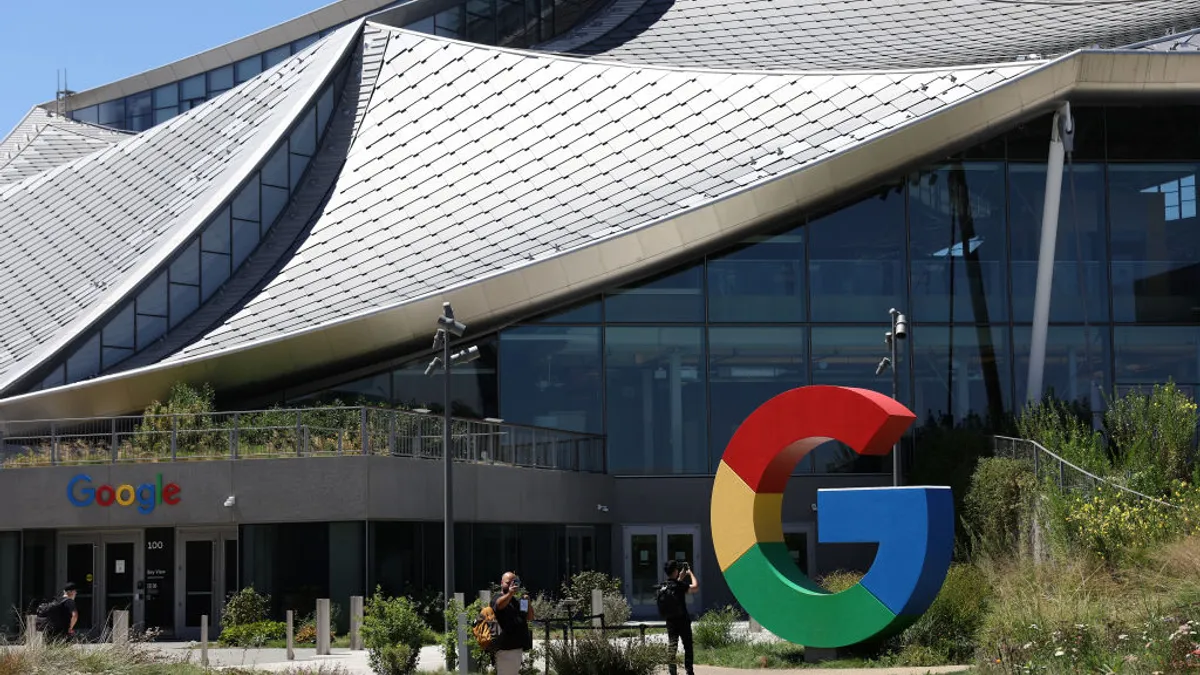Brief:
- Marine conservation group Sea Shepherd created an augmented reality (AR) experience to highlight the plight of dolphins killed by commercial fishing. The "Below the Surface AR" experience immerses viewers in a shocking view of how the protected species of marine mammals are slaughtered, per an announcement shared with Mobile Marketer.
- The AR experience dramatizes how bycatch, an industry term to describe the inadvertent capture of other animals by fishing vessels, makes up 40% of the worldwide fish catch. More than 11,000 dolphins last year were killed off the coast of France, per information provided by Sea Shepherd.
- Sea Shepherd worked with creative design and experience studio Resn to create the AR content, which smartphone users can view at a mobile website.
Insight:
By creating a web-based AR experience to show how industrialized fishing kills dolphins, Sea Shepherd can engage mobile viewers in an immersive view that is more powerful than content created for other media channels. AR content has become more popular in the past few years as organizations like Sea Shepherd seek to connect with audiences, especially younger demographic groups who rely on their smartphones for media consumption. Younger adults also tend to be more socially conscientious than older generations, making cause-driven campaigns potentially more effective through mobile platforms.
Sea Shepherd's AR experience is reminiscent of efforts by brands like Adidas to raise awareness for an environment cause. The sportswear brand last year hosted a gamified AR experience at its flagship store in Paris that immersed mobile consumers in a polluted digital ocean. Adidas' App For The Oceans also showcased how its shoes were made from recycled plastic.
Global spending on AR and virtual reality (VR) technology will surge 79% to $18.8 billion this year from 2019, per a forecast by International Data Corp. Most of that spending will be for hardware, such as specialized headsets and equipment to view computer-generated content. AR's main advantage over VR is its accessibility on smartphones, while VR requires special equipment. The number of AR users in the U.S. will reach 77.7 million this year — up from 68.7 million in 2019 — compared with 51.8 million who use VR, per an eMarketer forecast.













